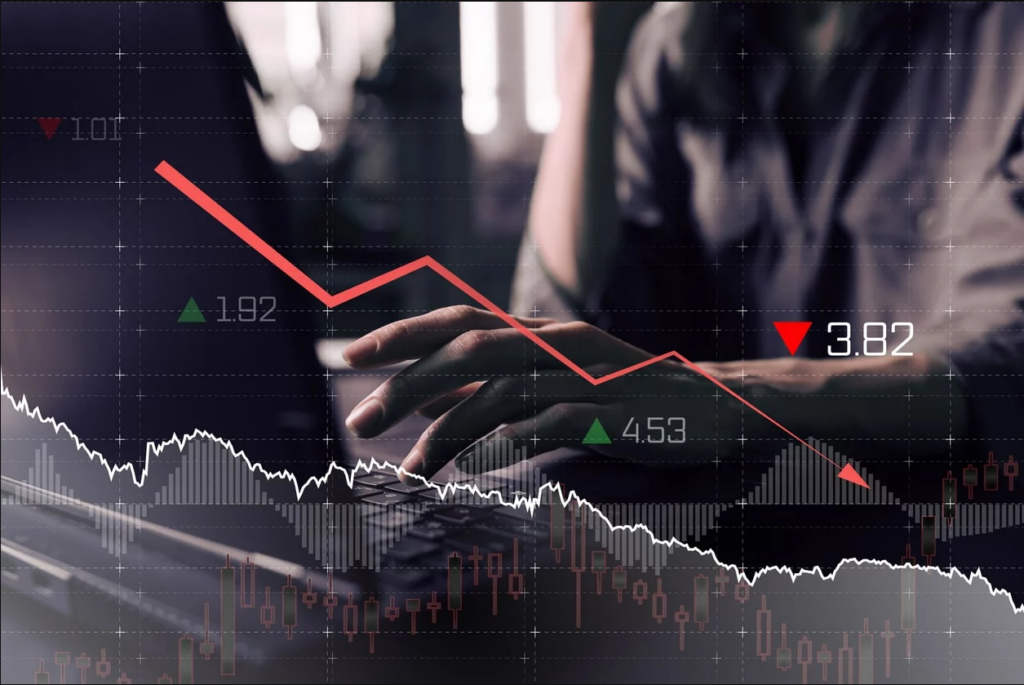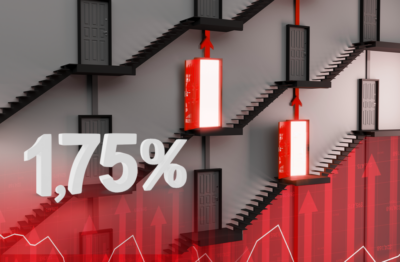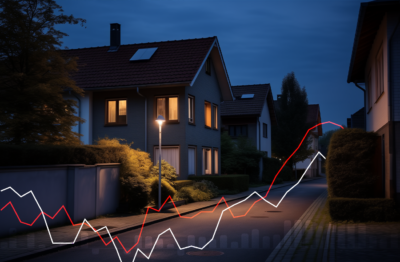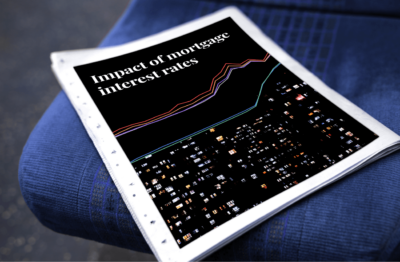The real estate market has only known one direction in recent years, and that is steeply upwards – at least from a seller’s perspective. With rising interest rates and energy costs, continuing inflation and falling purchasing power, we are seeing the first market corrections. The dynamics of the changing market conditions have reached new dimensions for the previously rather sluggish real estate market. As a homeowner, you should keep an eye on the following factors and react in good time.
Table of contents
ToggleEffective market value vs. purchase price
In recent years, the highest prices were usually paid, far above the actual estimated market value. If the property was acquired during the boom, the current selling price could be lower than the purchase price paid. That would mean a loss. Financial institutions such as UBS, among others, assume that there will be a price correction in the next twelve months.
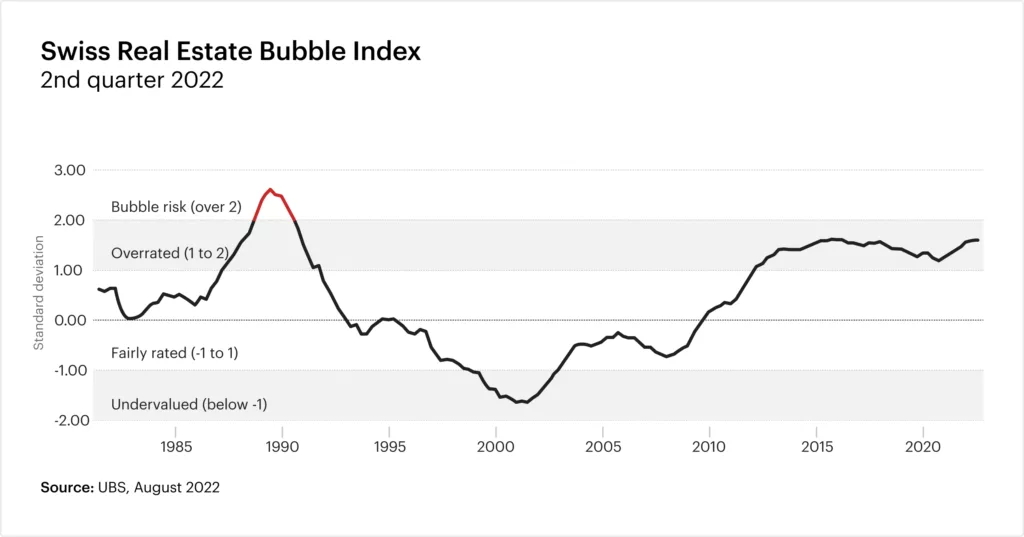
Financing and affordability
If the fixed-rate mortgage is due to end shortly and the follow-up financing has not yet been secured, the financing must be recalculated. If the market value or the new market value of the property is lower than the previous value of the financing, the residual debt increases. In addition, many owners have designed their household budget with the low interest rates when making the purchase. Is it still affordable with rising energy costs and interest rates? In such cases, financing can become more difficult, depending on the current personal financial situation.
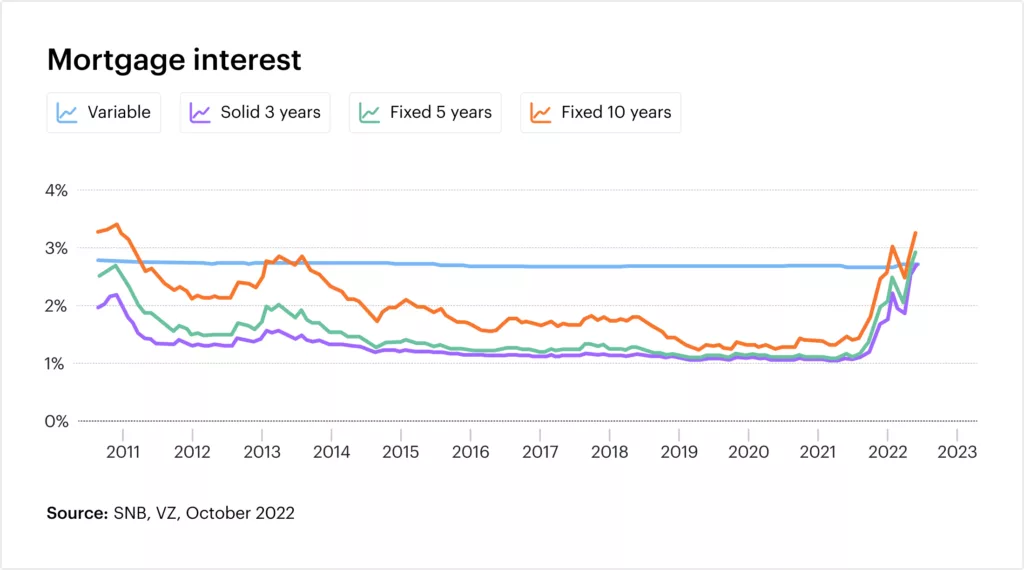
Location of the home
In which region is your property located? Depending on the answer to this question, the risk that your property could be subject to a price correction varies. The decisive factor here is the regional change in the ratio of home prices to annual rents over the last five years. Regions in which this ratio has risen at an above-average rate have an increased risk of correction. It is also relevant whether the quality of the location has changed over the years. Important points of reference for any sales planning are, for example, tax adjustments, the regional economic situation and changes to the local landscape.
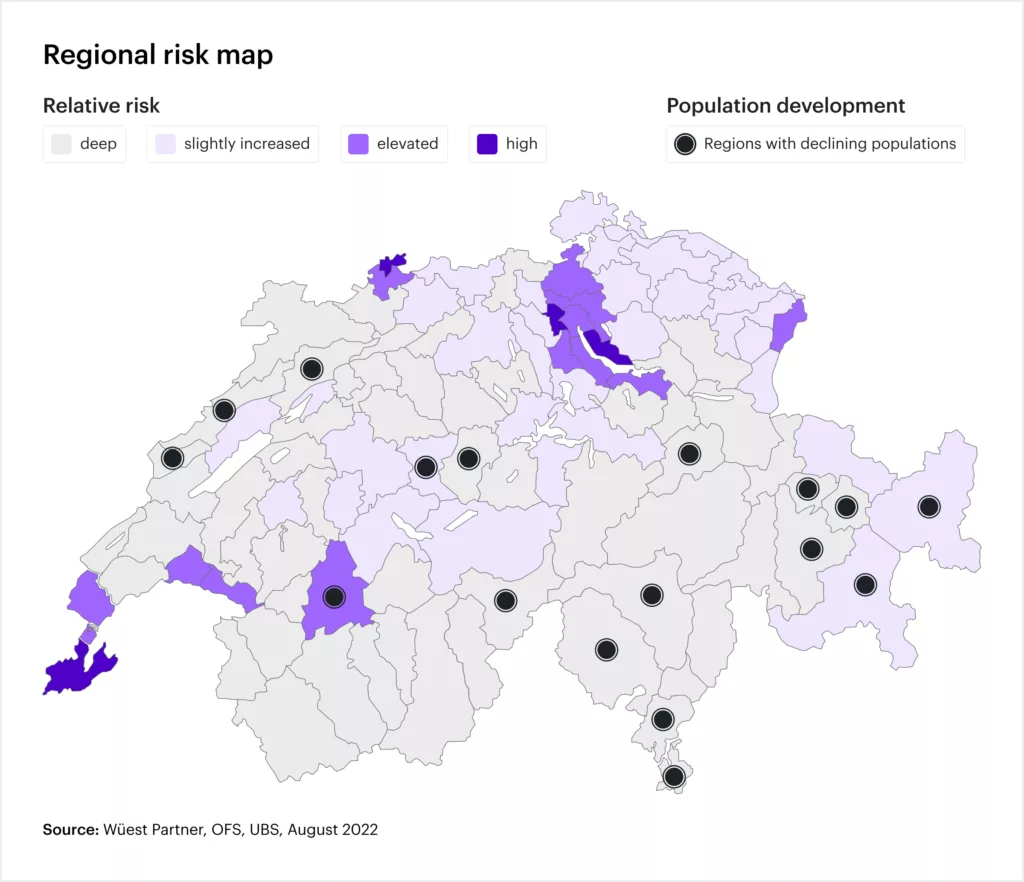
Condition of the property
The fact that the condition of a property affects its value is nothing new. However, the significance of this factor is currently increasing massively. It can already be observed that unsustainable buildings can only be sold at a discount because they no longer meet today’s requirements. If refurbishment work is due, it should therefore be carried out before there is a risk of a loss in value. Alternatively, a timely sale may make sense.
Duration of the transaction processes
The duration of the transaction processes indicates that the real estate market is gradually developing from a seller’s to a buyer’s market. This is because there is a slowdown. Experienced Properti real estate agents who have been in the industry since the early 2000s report reservation agreements that used to be signed after one day. Today it takes up to a week. The same applies to financing: whereas interested parties used to wait a week for financing, it now takes twice as long.
This is how we classify it
When it comes to choosing the right time to sell, this means that if prices are falling and you are planning to sell in the medium term, it is generally worth selling sooner rather than later from a financial point of view. Consider the tax aspects and calculate the property gains tax and the market value. In the case of unsustainable properties or a refurbishment backlog, it is important to be able to manage the necessary financing and long-term planning.
Do you need help marketing your property? Our experts will support you from A to Z and are available to answer all your property-related questions.
All data are without guarantee. The information on these Internet pages has been carefully researched. Nevertheless, no liability can be assumed for the accuracy of the information provided.
